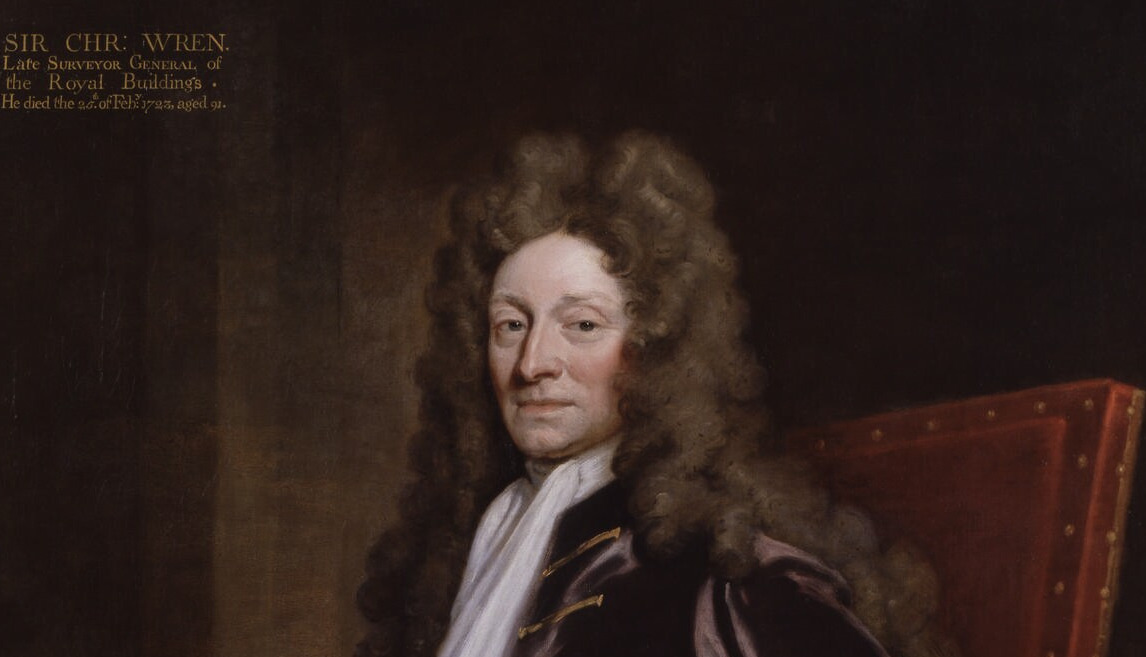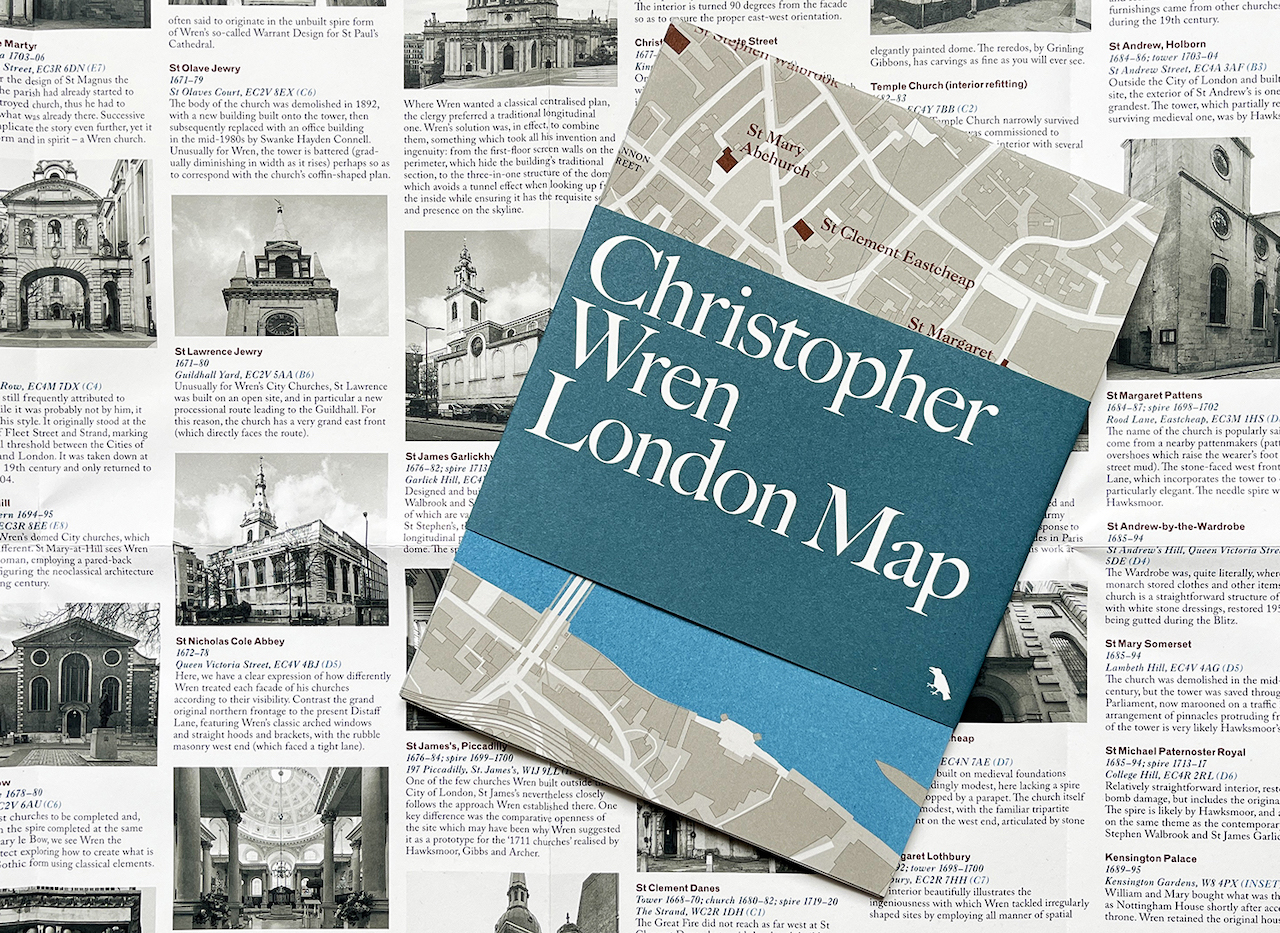Post
Marking the 300th anniversary of Sir Christopher Wren’s death in 2023
30 Jun 2023
The life and achievements of Sir Christopher Wren (1632-1723), Britain’s greatest architect are explored in a year-long series of events.
The architecture of this extraordinary man is showcased in the Christopher Wren London Map, published by Blue Crow Media. The guide map includes 39 of Wren’s most remarkable buildings across London, with historical details, captions, an introduction written by Owen Hopkins, architectural writer, historian and original photography by Nigel Green.
Join today and get priority booking here at The London Society
Over 300 years ago, Christopher Wren shaped London as we see it today. The Christopher Wren London Map offers an overview of his masterpieces from St Paul’s Cathedral, to the City churches, the Chelsea Hospital, Hampton Court and Greenwich Hospital.
Read our article: Christopher Wren highlight: A rebirth for St Paul's
Born in 1632, Wren was a true polymath. He studied Latin, astronomy, mathematics and physiology at Oxford and developed his career as a scientist before becoming an architect, a Renaissance pursuit. His early works, mostly in Oxford and Cambridge, show technical expertise combined with his growing understanding of classical architecture.
Wren is best known for St Paul’s Cathedral built 1675–1710, which is both grand and monumental yet approachable and reassuring, a testament to Wren’s architectural genius.
This London landmark is his masterpiece of design and took 35 years to build. He was Surveyor-General to six English monarchs, and yet he taught himself architecture by reading books.
“Wren was always a man ahead of his time, one who redefined architecture, and in the process remade a city” – Owen Hopkins
They include Royal palaces, the Royal Hospital, Chelsea and 52 churches built after the Great Fire of London in 1666.
The map shines equal light on churches such as St Magnus the Martyr, St Peter upon Cornhill and St Andrew-by-the-Wardrobe. As well as other buildings such as Flamsteed House (Royal Observatory), the Monument to the Great Fire and Marlborough House.
Check out our rundown of upcoming events
In the year of the 300th anniversary of Wren’s death, this map provides a visual document of his work, complementing the many exhibitions, lectures, events and tours happening to celebrate his legacy, which you can find here at Wren300.

